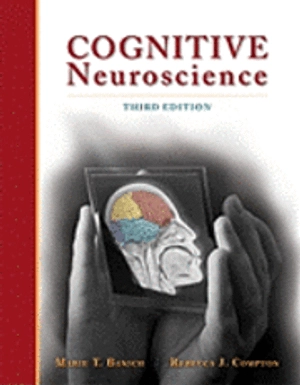

Cognitive neuroscienceUpplaga 3
- Upplaga: 3e upplagan
- Utgiven: 2011
- ISBN: 9780840032980
- Sidor: 595 st
- Förlag: Wadsworth, Cengage Learning
- Format: Inbunden
- Språk: Engelska
Om boken
Åtkomstkoder och digitalt tilläggsmaterial garanteras inte med begagnade böcker
Mer om Cognitive neuroscience (2011)
2011 släpptes boken Cognitive neuroscience skriven av Marie T. Banich. Det är den 3e upplagan av kursboken. Den är skriven på engelska och består av 595 sidor. Förlaget bakom boken är Wadsworth, Cengage Learning.
Köp boken Cognitive neuroscience på Studentapan och spara pengar.
Referera till Cognitive neuroscience (Upplaga 3)
Harvard
Oxford
APA
Vancouver



















